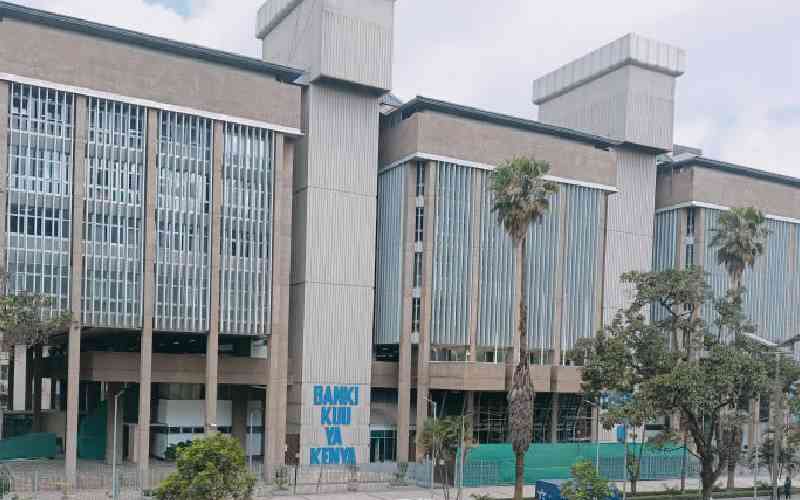
More than half of Kenya’s banks face potential acquisition or forced mergers as the National Treasury revisits plans to amend the Banking Act.
The proposed changes, outlined in the recently published Business Laws (Amendment) Act, aim to raise the minimum core capital requirement from Sh1 billion to Sh10 billion by 2027. They would affect tier two and tier three banks.
Bank insiders and analysts said the requirement to increase core capital could push many smaller banks into a corner, as they struggle to attract investments or retain earnings amid financial pressures.
A recent report from the Central Bank of Kenya (CBK) indicated that, as of December 2022, only 15 out of 39 licensed commercial banks met the existing Sh1 billion threshold. This means that a significant portion of banks may struggle to comply with the new requirements.
The push for increased capital is intended to mitigate emerging risks in the sector, particularly those related to cybersecurity and climate change, according to CBK Governor Kamau Thugge.
Thugge earlier highlighted the urgent need for enhanced capital requirements, to build “strong banks” stating, “We have seen increased risks whether it is from climate change or cybersecurity.”
He expressed concern over the rising levels of non-performing loans (NPLs) within the banking sector, which have contributed to a decline in lending. According to the latest data from the CBK Monetary Policy Committee (MPC), the NPL ratio rose to 16.7 per cent of gross loans in August 2024, up from 16.3 per cent in June.
- PS Kimtai: Treasury ignored Ruto's request for health project funds
- Key health projects at risk as Treasury cuts budget
Keep Reading
The challenge for many banks is compounded by a combination of factors, including a sluggish economic recovery post-Covdi, increased competition from fintech companies, and a tightening regulatory environment.
These conditions made it difficult for traditional banks to grow their loan portfolios, impacting their profitability and capital accumulation. Furthermore, rising operational costs and inflationary pressures have squeezed profit margins, making it challenging for smaller banks to raise the necessary capital.
Many banks lack the diversified revenue streams that larger institutions possess, leaving them vulnerable to market fluctuations. Currently, banks are required to maintain a core capital ratio of 10.5 per cent relative to total risk-weighted assets, alongside a total capital ratio of 14.5 per cent.
CBK recently reported that 12 commercial banks were found to be in breach of various regulatory guidelines. This largely includes tier-three lenders.
The CBK’s report noted that most violations stemmed from breaches of the single obligor limit, exacerbated by the depreciation of the shilling against the dollar and declines in core capital among banks reporting losses.
The banks in question collectively paid Sh191 million in fines for their infractions. A single obligor limit is a regulatory guideline that restricts the maximum amount of credit or loans that a financial institution can extend to a single borrower or entity.
This limit is designed to mitigate risk by preventing overexposure to any one borrower, which can protect the financial health of the institution and the broader financial system.
 The Standard Group Plc is a multi-media organization with investments in media platforms spanning newspaper print
operations, television, radio broadcasting, digital and online services. The Standard Group is recognized as a
leading multi-media house in Kenya with a key influence in matters of national and international interest.
The Standard Group Plc is a multi-media organization with investments in media platforms spanning newspaper print
operations, television, radio broadcasting, digital and online services. The Standard Group is recognized as a
leading multi-media house in Kenya with a key influence in matters of national and international interest.











